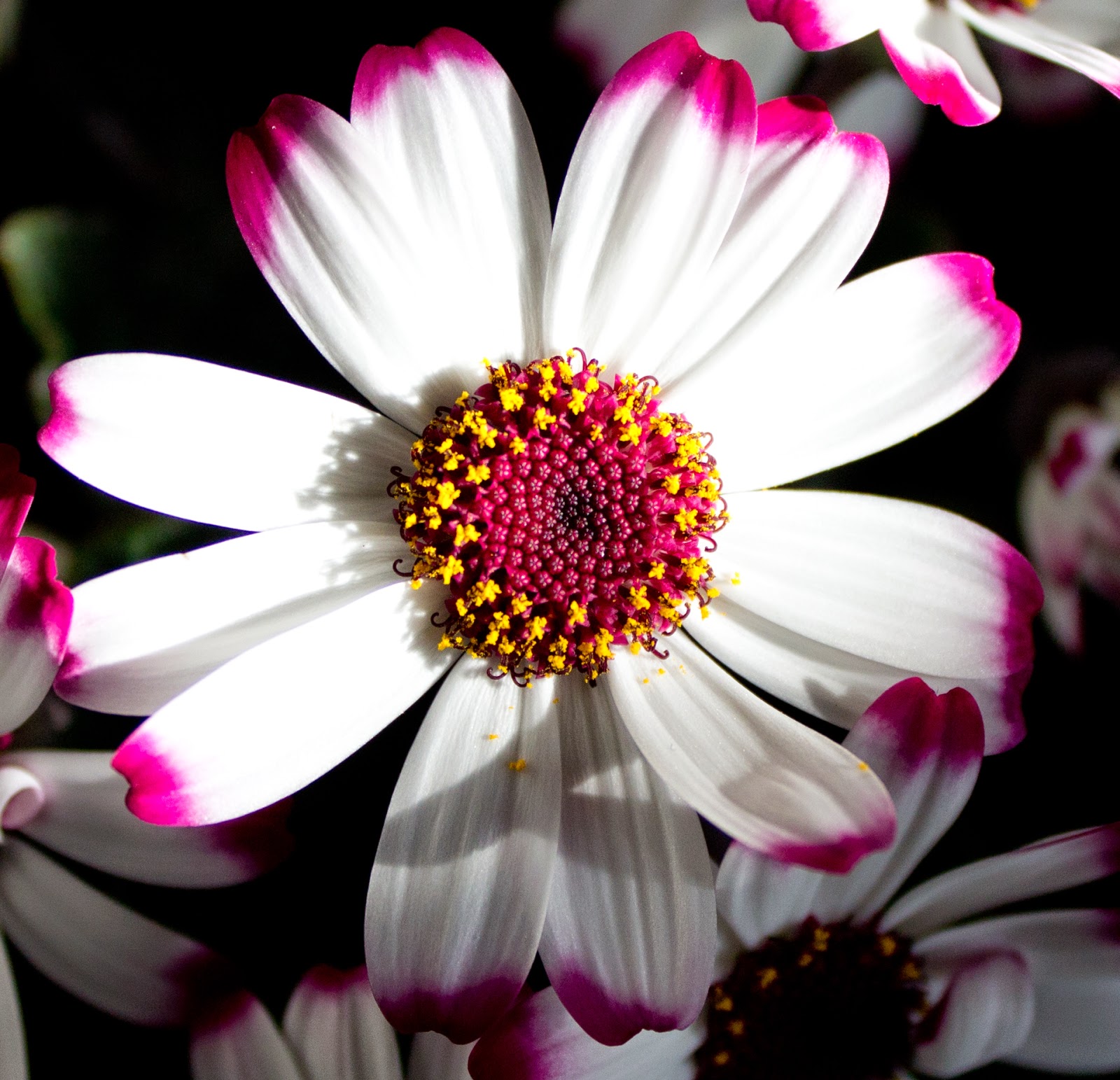Type of Flower
Fuchsia:
Fuchsia is a genus of flowering plants that consists mostly of shrubs or small trees. The first, Fuchsia triphylla, was discovered on the Caribbean island of Hispaniola (present day Dominican Republic and Haiti) about 1696–1697 by the French Minim monk and botanist, Charles Plumier during his third expedition to the Greater Antilles. He named the new genus after the renowned German botanist Leonhart Fuchs (1501–1566).
There are currently almost 110 recognized species of Fuchsia. The vast majority are native to South America, but with a few occurring north through Central America to Mexico, and also several from New Zealand to Tahiti. One species, F. magellanica, extends as far as the southern tip of South America, occurring on Tierra del Fuego in the cool temperate zone, but the majority are tropical or subtropical. Most fuchsias are shrubs from 0.2–4 m (8 in–13 ft 1 in) tall, but one New Zealand species, the kōtukutuku (F. excorticata), is unusual in the genus in being a tree, growing up to 12–15 metres (39–49 ft) tall.
Fuchsia leaves are opposite or in whorls of 3–5, simple lanceolate and usually have serrated margins (entire in some species), 1–25 cm long, and can be either deciduous or evergreen, depending on the species. The flowers are very decorative; they have a pendulous "teardrop" shape and are displayed in profusion throughout the summer and autumn, and all year in tropical species. They have four long, slender sepals and four shorter, broader petals; in many species the sepals are bright red and the petals purple (colours that attract the hummingbirds that pollinate them), but the colours can vary from white to dark red, purple-blue, and orange. A few have yellowish tones, and recent hybrids have added the colour white in various combinations. The ovary is inferior and the fruit is a small (5–25 mm) dark reddish green, deep red, or deep purple berry, containing numerous very small seeds.
The majority of fuchsia species are native to Central and South America. A small additional number are found on Hispaniola (two species), in New Zealand (three species) and on Tahiti (one species). Philip A. Munz in his A Revision of the Genus Fuchsia classified the genus into seven sections of 100 species. More recent scientific publications, especially those by the botanists Dennis E. Breedlove of the University of California and, currently, Paul E. Berry of the University of Michigan, recognize 108 species and 122 taxa, organized into twelve sections. In New Zealand and Tahiti, section Skinnera now consists of only three species as F. × colensoi has been determined to be a naturally occurring hybrid between F. excorticata and F. perscandens. Also, F. procumbens has been placed into its own section, Procumbentes. Two other new sections are Pachyrrhiza and Verrucosa, each with one species each. The Plant List, a cooperative endeavor by several leading botanical institutions to maintain a working list of all plant species, lists most currently accepted Fuchsia species and synonyms.
Fuchsias are easy to grow once they are established and they provide continual flower from July until late autumn, when the first frosts arrive. They really come into their own in autumn because they enjoy cooler temperatures and shorter days. The crystal-clear light of autumn also enhances the rich mixture of pinks, reds, peaches and whites adding a jewel-box quality to the October garden.
The care of fuchsias also includes water during hotter weather, but do not over water them or their roots will rot. Make sure the pots they are in provide adequate drainage.
Fuchsia plant care also requires a regular fertilization. Proper care for fuchsias means fertilizing them about every two weeks. They require some good nutrition, but you should limit use of fertilizer during late summer. This is because around this time, the fuchsia flower is getting ready for winter.
When the weather gets colder, avoid the frost. Keep your fuchsia growing by taking them inside. You can hang them inside an enclosed porch area or even inside your home. You can keep your fuchsia growing all year long by wintering them indoors. Come spring, after the chance of frost, you can put them back outdoors and they will thrive and flourish in the right conditions.
Fuchsia plants are not hard to grow and in fact, you will find fuchsia growing quite abundantly in the right areas around your home. The hanging pots will over flow and hang down with beautiful flowers so long as you have provided the right kind of care.
http://www.gardeningknowhow.com/ornamental/flowers/fuchsia/growing-fuchsia-flower.htm http://en.wikipedia.org/wiki/Fuchsia






































